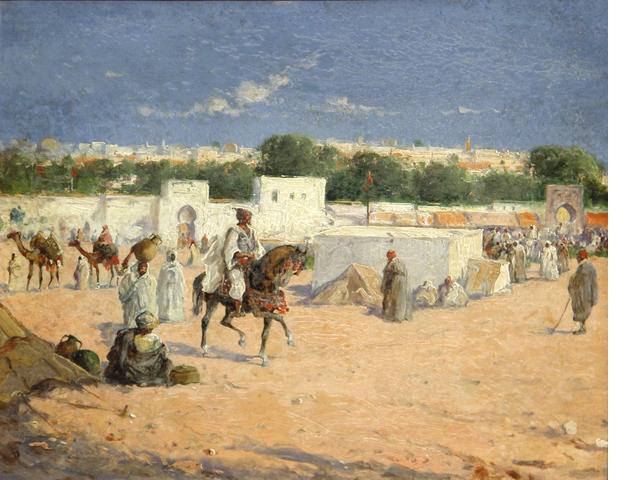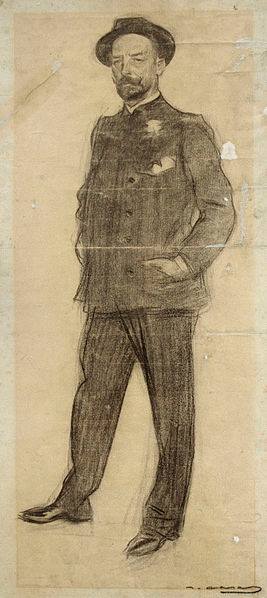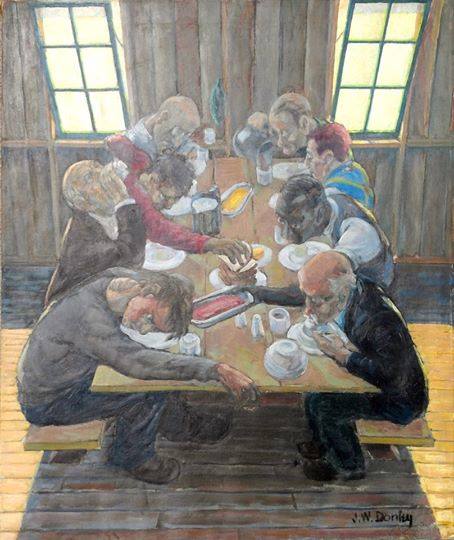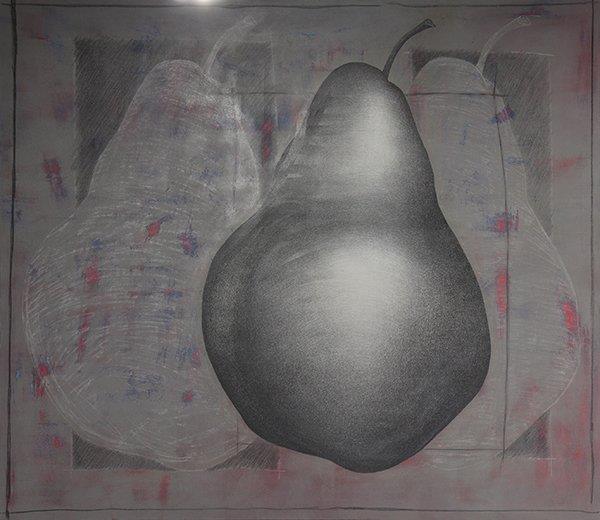
Baldomero Galofre Y Gimenez (1849 – 1902) Spanish
Titled: a market outside the walls of an Arab city
Medium: oil on panel
Measures: 8 1/2 x 10 1/2 inches
Farhat Art Museum Collection
The young Baldomero Galofre was a student of Ramón Martí Alsina (1826-1894), a famous landscape painter influenced by Courbet and the school of Barbizon, whose realism mixed with familiar intimacy was conveyed to his most prominent disciple, an outstanding representative of the Catalan traditionalism. The proof is a number of his successive exhibitions in Barcelona in 1866, 1870, and 1872 as well as in 1868 in Zaragoza. Already in 1870 he became an illustrator of the magazine The Spanish and American Illustration, and in 1874 Galofre was awarded a pension by the Spanish Academy of Fine Arts in Rome for the landscape painting; although two years later it was taken away because he had shown no progress in the opinion of the competent authorities. At any rate he stayed in the city till 1884 and even later he returned to it many times in the course of his life. During his first stay there he turned into one of the most loyal followers of Mariano Fortuny, whose brilliant luminosity he adopted in his paintings.
Portrait of a Gentleman
One could also find there a new perception of the landscape painting that was inculcated by his first teacher Martí Alsina. A conclusive proof of it is the Catalan Landscape Painting that the gallery is proud to have. On his return to Spain he conceived a monumental work that he planned to publish under the title of Picturesque Spain, for which he worked assiduously, gathering various sketches and studies during his journeys throughout the country. In the genre scenes he united an outstanding landscape and seascape paintings as well as a great number of water-colours and pastels, techniques which showed his experience and skills in the works of cheerful palette and bright colours, soft and elegant at the same time. The project that he worked out in Italy and started to realize on his return in 1887 was of such proportions that it could not be materialized in the course of the artist’s life. He was trying to finish, among other things, the romantic and mendacious vision that was widely spread in Europe by foreign travellers, like Teófilo Gautier or Gustavo Doré, gathering particularly the regional diversity that was typical for the Spanish provinces and different in each of them, according to the authenticity of their history and their traditions. The rest of his life passed between Barcelona, city where he settled down in 1886 once and for all, although with various changes of residence, and different journeys to Italy and London. He died on the 26th of July 1902; the same year the merchant Josep Artal organized in Buenos Aires an exhibition in his honour.



